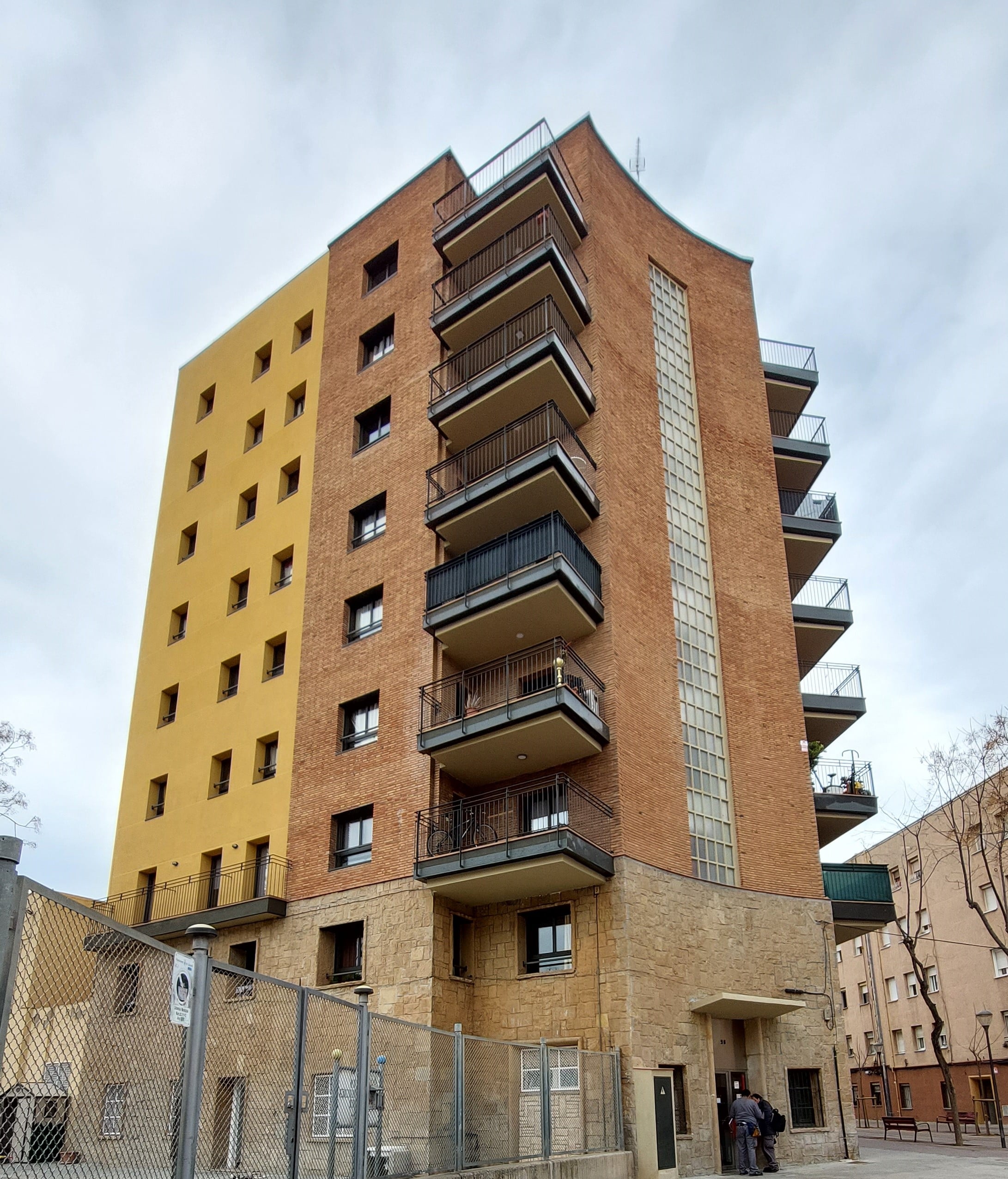Area: Community participation
Social value (SV) is a wide-ranging concept that encompasses the wider economic, social and environmental well-being impacts of a specific activity. Given its applicability across various sectors, diverse interpretations and definitions exist, often leading to its interchangeable use with other terms, such as social impact. This interchangeability makes it difficult to establish a universally accepted definition that satisfies all stakeholders, contributing to the term’s adaptability and to a variety of methods for identification, monitoring, measurement and demonstration.
Nevertheless, common themes emerge from literature definitions. First, SV involves maximizing benefits for communities and society beyond an organisation's primary goals, which requires innovation and a focus that goes beyond financial values. It is often referred to as the added value of an intervention. Second, the short-, medium- and long-term effects of activities, as well as their broader community reach, need to be assessed in terms of a life-cycle project perspective. Thirdly, SV aligns with the triple bottom line of sustainability, which underlines social, environmental and economic considerations in well-being.
In the UK, SV gained prominence with the introduction of the Public Services (Social Value) Act 2012. This legislation mandates organisations commissioning public services to consider and account for the wider impacts of their operations (UK Government 2012; UKGBC, 2020, 2021). The Act has provided incentives to quantitatively measure the impact of projects on communities and standardise approaches in the built environment, a sector that has been significantly influenced by this regulatory framework. Organisations such as the UK Green Building Council (UKGBC) have played a crucial role in shaping a common agenda through reports such as Delivering Social Value: Measurement (2020) and Framework for Defining Social Value (2021), which set out the steps needed to determine social value. Recognising that SV is strongly influenced by contextual factors, these publications emphasize the challenge for formulating an all-encompassing definition. Instead, they advocate for focusing efforts on developing context-specific steps and methods for measurement.
However, the existing literature is mainly concerned with SV during the procurement and construction phases, overlooking the SV of buildings during the use phase and the potential opportunities and benefits they offer to users. This bias is due to the construction sector's rapid response to the Act and its easier access to certain types of information. This influences the prominence of certain data in project’s impact assessments and SV reports, such as employment opportunities, training, placements, and support of local supply chains through procurement. More intangible outcomes such as community cohesion, quality of life improvements, enhanced social capital, cultural preservation, empowerment and long-term social benefits are rarely featured as they are deemed more challenging to quantify due to their subjective or qualitative nature.
Similarly, there remains a lack of clarity and consensus regarding a standardised approach to assessing the added value created. The challenge stems from diverse interpretations of value among stakeholders, influenced by their unique interests and activities. Communicating something inherently subjective becomes particularly daunting due to these varying perspectives. Additionally, translating all outcomes into financial metrics is also problematic. This is primarily due to the unique circumstances that characterise each development and community, making it impractical to hastily establish targets and universal benchmarks for their assessment. (Raiden et al., 2018; Raiden & King, 2021a, 2023). This complexity is recognised by Social Value UK (2023: n.p.), stating: “Social value is a broader understanding of value. It moves beyond using money as the main indicator of value, instead putting the emphasis on engaging people to understand the impact of decisions on their lives.”
Moreover, the growing significance and momentum that SV is gaining are evident in the emergence of analogous legislations that have appeared in recent years and that have a direct influence on shaping how the built environment sector operates in their respective countries. Noteworthy examples of social value-related regulations include the Well-being of Future Generations Act 2015 in Wales; the Procurement Reform Act 2014 in Scotland; the social procurement frameworks in Australia; the Community Benefit Agreements in Canada; the Government Procurement Rules in New Zealand; and the Environmental, Social, and Governance (ESG) criteria considered in various countries around the world, among others.
Identifying and measuring social value
SV should be an integral aspect of project development and, therefore, must be considered from the early stages of its conception, taking into account the entire lifecycle. The literature highlights a three-step process for this: 1) identifying stakeholders, 2) understanding their interests, and 3) agreeing on intended outcomes (UKGBC 2020, 2021). More recently, Raiden & King (2021b) linked the creation of SV to the achievement of the United Nations Sustainable Development Goals (SDGs). In the context of the built environment, SV can contribute to reporting on the SDGs, elevating the value the sector creates to society onto the international agenda (Caprotti et al., 2017; United Nations, 2017).
While SDG 11 “Make cities and human settlements inclusive, safe, resilient and sustainable”, is often placed within the remit of the built environment, SV programmes developed by social housing providers, for example, extend the sector’s impact beyond SDG 11, covering a broader range of areas (Clarion Housing Group, 2023; Peabody, 2023). This aspect is also echoed in the Royal Institute of British Architects (RIBA) Sustainable Outcomes Guide, which links the SDGs to specific outcomes, including the creation of SV (Clark & HOK, 2019).
Over the past decade, various methodologies have been proposed to undertake the intricate task of assessing value beyond financial metrics, drawing inspiration from the work of social enterprises. Among the most prominent and widely adopted by diverse stakeholders in the sector are the Social Return on Investment (SROI), Cost-Benefit Analysis (CBA) — sometimes referred to as SCBA when given the social epithet—, and the well-being valuation approach. (Fujiwara & Campbell, 2011; Trotter et al., 2014; Watson et al., 2016; Watson & Whitley, 2017). The widespread implementation of these approaches can be explained by the development of tools such as the UK Social Value Bank, linked to the well-being valuation method. This tool, used to monetise ‘social impacts’, is endorsed by influential stakeholders in the UK’s housing sector, including HACT (2023), or the Social Value Portal and National TOMs (Themes, Outcomes and Measures) (Social Value Portal 2023). In the measuring of SV, these methodologies unanimously emphasize the importance of avoiding overclaiming or double-counting outcomes and discounting the so-called deadweight, which refers to the value that would have been created anyway if the intervention had not taken place, either through inertia or the actions of other actors.
While the development of these approaches to measuring SV is pivotal for advancing the social value agenda, some critics contend that there is an imbalance in presenting easily quantifiable outcomes, such as the number of apprenticeships and jobs created, compared to the long-term impact on the lives of residents and communities affected by projects. This discrepancy arises because these easily quantifiable metrics are relatively simpler to convert into financial estimates.
Steve Taylor (2021), in an article for The Developer, pointed out that the methods employed to measure social value, coupled with the excessive attention given to monetisation and assigning financial proxy values to everything, may come at the expense of playing down the bearing of hard-to-measure well-being outcomes:
“As long as measurement of social value is forced into the economist’s straightjacket of cost-benefit analysis, such disconnects will persist. The alternative is to ask what outcomes people and communities actually want to see, to incorporate their own experiences and perspectives, increase the weighting of qualitative outcomes and wrap up data in narratives that show, holistically, how the pieces fit together. We loosen the constraints of monetisation by mitigating the fixed sense of value as a noun; switching focus to its role as an active verb – to ‘value’ – measuring what people impacted by changes to their built environment consider important or beneficial.”
The process of comprehensively measuring and reporting on SV can be challenging, time-consuming and resource-intensive. It is therefore important that stakeholders truly understand the importance of this endeavour and appreciate the responsibilities it entails.
Recently, Raiden and King (2021a, 2023) have highlighted the use of a mixed-methods approach for assessing SV, proposing it as a strategy that can offer a more thorough understanding of the contributions of actors in the field. They argue that an assessment incorporating qualitative methods alongside the already utilized quantitative methods can provide a better picture of the added value created by the sector. These advancements contribute to the overarching goal of showcasing value and tracking the effects of investments and initiatives on people's well-being. Nevertheless, a lingering question persists regarding the feasibility of converting all outcomes into monetary values.
Social value in architecture and housing design
In the field of architecture, the RIBA, in collaboration with the University of Reading, took a significant step by publishing the Social Value Toolkit for Architecture (Samuel, 2020). This document provides a set of recommendations and examples, emphasizing why architects should consider the SV they create and providing guidance on how to identify and evaluate projects, incorporating techniques such as Post-Occupancy Evaluation. This is a remarkable first step in involving architects in the SV debate and drawing attention to the importance of design and the role of architecture in creating value (Samuel, 2018). More recently, Samuel (2022:76) proposed a definition of SV in housing that places the well-being of residents at the centre of the discussion. Accordingly, SV lies in “fostering positive emotions, whether through connections with nature or offering opportunities for an active lifestyle, connecting people and the environment in appropriate ways, and providing freedom and flexibility to pursue different lifestyles (autonomy).”
In this context, it is also relevant to highlight the work of the Quality of Life Foundation (QoLF) & URBED, who published The Quality of Life Framework (URBED, 2021). This evidence-based framework identifies six themes in the built environment crucial for assessing relationships between places and people: control, health, nature, wonder, movement, and community. More recently, Dissart & Ricaurte (2023) have proposed the capability approach as a more comprehensive conceptual basis for the SV of housing. This approach expands the work of the QoLF, focusing the discussion on the effective freedoms and opportunities that the built environment, specifically housing, offers its inhabitants. It serves as a means to gauge the effectiveness of housing solutions and construe SV.
Created on 16-11-2023
Author:
L.Ricaurte (ESR15)
Read more ->



